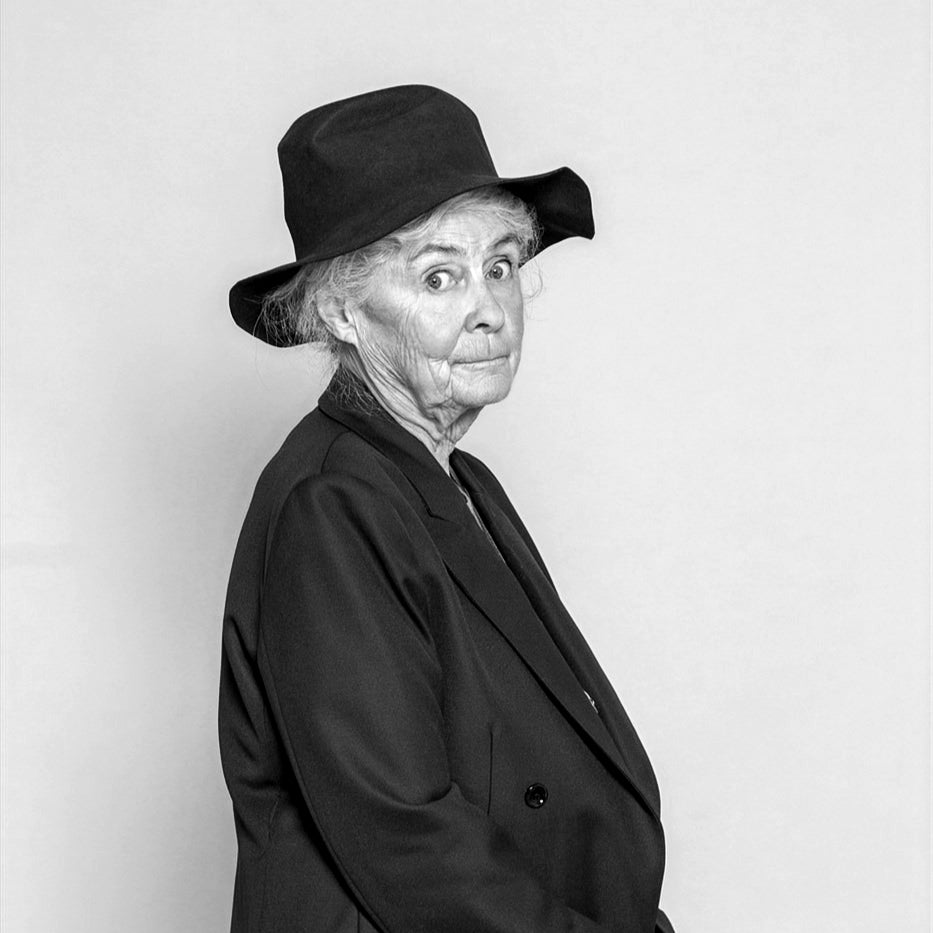Hildur Hákonardóttir
Hildur Hákonardóttir was born 1938 in Iceland. Hildur was one of the pioneers of the redstocking movement which transformed the equality struggle in the 1970s in Iceland. The red stockings participated in political discourse and initiated publishing, performances, and other types of activism, opening the eyes of many to the oppression of women. Hildur studied tapestry at The Icelandic College of Art and Crafts 1964-68 and Edinburgh College of Art in 1969. She thought her studies had been mostly in futility when she graduated in 1969, but soon realised that if you know how to weave, you know how to organise a mass movement. Hildur was one of the few women in SÚM artist collective, and ever since her first exhibition at Gallerí SÚM in 1971, she has addressed contemporary issues through traditional weaving techniques, mixed with other methods. Between 1975 and 1978, she was headmistress of The Icelandic College of Art and Crafts and opened two new departments in the school, including what later became the modern art department and was meant to further new, postmodern ideologies of the times. This department had considerable effect on the art world in Iceland and further afield, and so Hildur’s influence on art education in Iceland is still visible. She was director of LÁ Art Museum for a long time. In recent years, Hildur has focused on writing, her best-known books are Ætigarðurinn (2005) and Hvað er svona merkilegt við það að vera biskupsfrú? (I – II, 2019-2021). During her long career, she has addressed contemporary issues and gender politics, using varied media but mostly weaving. The exhibition contains many of Hildur’s best-known works, which have become important landmarks in Icelandic cultural history and influenced societal changes.


